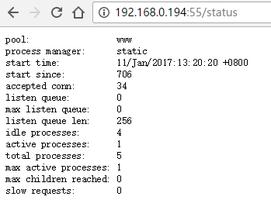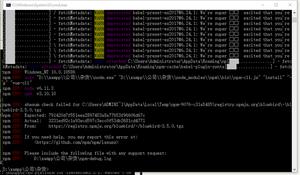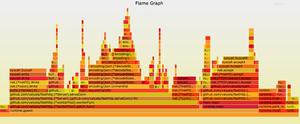如何在 PyTorch 中对张量执行元素加法?
我们可以使用在 PyTorch 中对张量执行逐元素加法。它添加了张量的相应元素。我们可以向另一个张量添加一个标量或张量。我们可以添加具有相同或不同维度的张量。最终张量的维度将与更高维度张量的维度相同。torch.add()
脚步
导入所需的库。在以下所有 Python 示例中,所需的 Python 库是torch。确保您已经安装了它。
定义两个或多个 PyTorch 张量并打印它们。如果要添加标量,请定义它。
使用添加两个或更多张量并将值分配给新变量。您还可以向张量添加标量。使用此方法添加张量不会对原始张量进行任何更改。torch.add()
打印最终张量。
示例 1
以下 Python 程序显示了如何将标量添加到张量。我们看到执行相同任务的三种不同方式。
# Python program to perform element-wise Addition输出结果# import the required library
import torch
# Create a tensor
t = torch.Tensor([1,2,3,2])
print("Original Tensor t:\n", t)
# Add a scalar value to a tensor
v = torch.add(t, 10)
print("Element-wise addition result:\n", v)
# Same operation can also be done as below
t1 = torch.Tensor([10])
w = torch.add(t, t1)
print("Element-wise addition result:\n", w)
# Other way to perform the above operation
t2 = torch.Tensor([10,10,10,10])
x = torch.add(t, t2)
print("Element-wise addition result:\n", x)
Original Tensor t:tensor([1., 2., 3., 2.])
Element-wise addition result:
tensor([11., 12., 13., 12.])
Element-wise addition result:
tensor([11., 12., 13., 12.])
Element-wise addition result:
tensor([11., 12., 13., 12.])
示例 2
以下 Python 程序展示了如何添加一维和二维张量。
# Import the library输出结果import torch
# Create a 2-D tensor
T1 = torch.Tensor([[1,2],[4,5]])
# Create a 1-D tensor
T2 = torch.Tensor([10]) # also t2 = torch.Tensor([10,10])
print("T1:\n", T1)
print("T2:\n", T2)
# Add 1-D tensor to 2-D tensor
v = torch.add(T1, T2)
print("Element-wise addition result:\n", v)
T1:tensor([[1., 2.],
[4., 5.]])
T2:
tensor([10.])
Element-wise addition result:
tensor([[11., 12.],
[14., 15.]])
示例 3
以下程序显示了如何添加 2D 张量。
# Import the library输出结果import torch
# create two 2-D tensors
T1 = torch.Tensor([[1,2],[3,4]])
T2 = torch.Tensor([[0,3],[4,1]])
print("T1:\n", T1)
print("T2:\n", T2)
# Add the above two 2-D tensors
v = torch.add(T1,T2)
print("Element-wise addition result:\n", v)
T1:tensor([[1., 2.],
[3., 4.]])
T2:
tensor([[0., 3.],
[4., 1.]])
Element-wise addition result:
tensor([[1., 5.],
[7., 5.]])
以上是 如何在 PyTorch 中对张量执行元素加法? 的全部内容, 来源链接: utcz.com/z/356453.html








